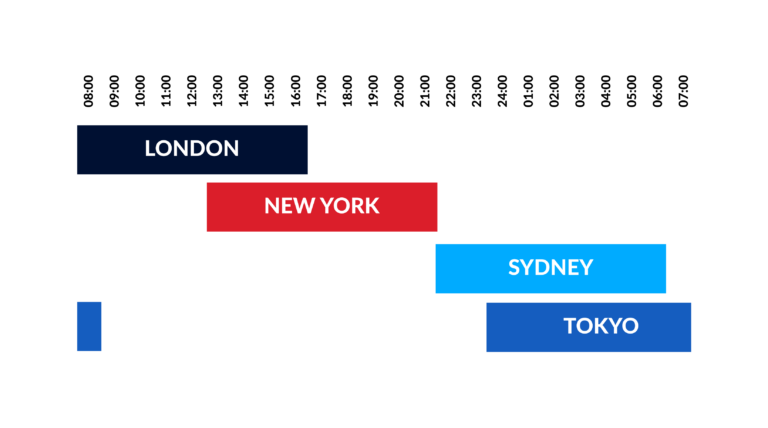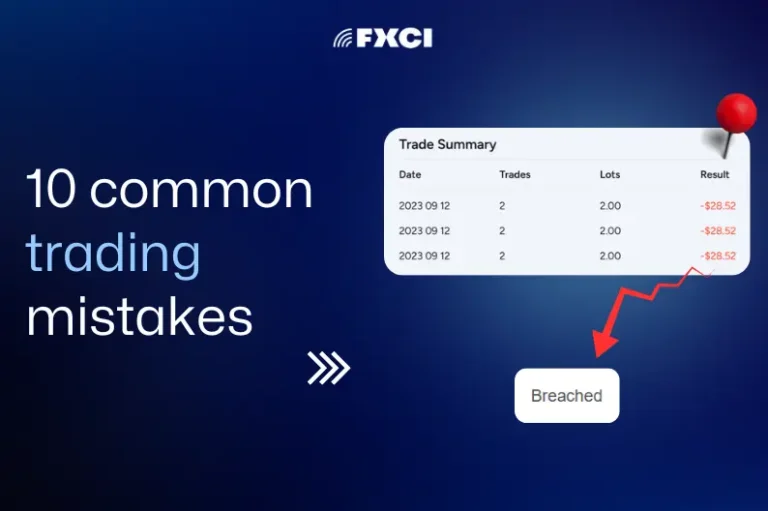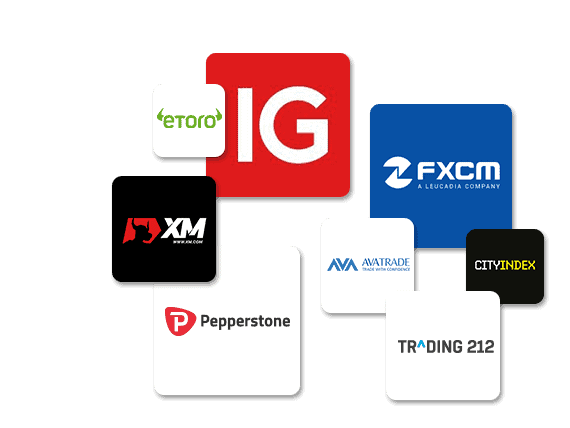
Introduction
Day trading is an exciting and fast-paced trading strategy that involves buying and selling financial instruments within the same day. It’s one of the most challenging forms of trading because it requires quick decision-making, technical analysis skills, and a deep understanding of market dynamics. For beginners, day trading may seem overwhelming, but with the right knowledge and strategies, you can start building your skills and potentially earn profits.
In this 2500-word guide, we’ll explore the fundamentals of day trading, essential strategies for beginners, how to manage risk, tools you need, and the common mistakes to avoid.
Here’s what we’ll cover:
- What is Day Trading?
- Key Concepts and Tools in Day Trading
- Best Day Trading Strategies for Beginners
- Risk Management Techniques
- Choosing the Right Trading Platform
- Day Trading Psychology: Staying Disciplined
- Common Mistakes Beginners Make
- Conclusion: Setting Yourself Up for Success
1. What is Day Trading?
Day trading refers to buying and selling a security, such as stocks, forex, or commodities, within a single trading day. The goal of day trading is to take advantage of short-term price movements in the market. Unlike long-term investing, where you hold onto assets for years, day traders close out all positions by the end of the trading day.
Day traders typically rely on technical analysis, charts, and various indicators to make quick decisions. They often focus on high-volatility stocks or markets, which provide greater price movement opportunities. Unlike swing traders, who hold trades for days or weeks, day traders typically exit all positions before the market closes.
2. Key Concepts and Tools in Day Trading
Before diving into strategies, it’s essential to understand some fundamental concepts and tools that day traders use to succeed.
a) Liquidity
Liquidity refers to how easily an asset can be bought or sold without affecting its price. In day trading, liquidity is crucial because it allows traders to enter and exit trades quickly. Stocks with high liquidity have more active buyers and sellers, which leads to tighter spreads and faster execution.
b) Volatility
Volatility measures the price movement of a security. High volatility is essential for day traders, as they rely on price swings to make quick profits. Stocks or other assets that move significantly throughout the day are ideal for day traders looking to capitalize on rapid price changes.
c) Volume
Volume refers to the number of shares or contracts traded during a specific period. Higher trading volume indicates greater interest in a stock, leading to better liquidity and smoother price movements. Day traders often target stocks with high trading volumes, as this increases the likelihood of finding profitable opportunities.
d) Technical Indicators
Technical analysis tools are at the core of day trading. Traders use a variety of indicators to predict price movements and identify entry/exit points. Some of the most common technical indicators used by day traders include:
- Moving Averages (MA)
- Relative Strength Index (RSI)
- Moving Average Convergence Divergence (MACD)
- Bollinger Bands
- Volume Weighted Average Price (VWAP)
e) Charts and Timeframes
Day traders typically use short timeframes for their charts, such as 1-minute, 5-minute, or 15-minute intervals. These charts help them analyze short-term price movements and make quick decisions based on patterns and indicators.
3. Best Day Trading Strategies for Beginners
There are several effective day trading strategies that beginners can use to start making trades. These strategies focus on simple setups, providing clear entry and exit points to minimize risk.
a) Momentum Trading
Momentum trading is one of the most popular strategies for day traders. It involves identifying stocks that are moving strongly in one direction with high volume, then trading in that direction to capture profits. Momentum traders typically buy stocks that are breaking out of consolidation or hitting new highs/lows and then sell them before the momentum fades.
- How to Execute:
- Use a Moving Average (such as the 9 or 20-period MA) to identify trends.
- Look for stocks with strong news or catalysts driving the price higher or lower.
- Enter the trade when the stock breaks above a resistance level (for long positions) or below a support level (for short positions).
- Exit the trade when the momentum begins to slow, or when the price hits a pre-defined target.
- Best For: Beginners who want to focus on trading stocks with strong directional movements.
b) Breakout Trading
Breakout trading involves buying or selling a stock as it “breaks out” of a defined price range. Breakouts typically occur after a stock has been trading in a tight range (consolidation), and it suddenly moves above resistance (for a long position) or below support (for a short position). Breakout traders capitalize on the rapid price movement that often follows the breakout.
- How to Execute:
- Identify stocks consolidating in a range with strong support and resistance levels.
- Use volume as a confirmation tool; a breakout with high volume is more likely to be sustained.
- Enter the trade once the stock breaks above resistance or below support.
- Place a stop-loss just below the breakout point to minimize risk if the breakout fails.
- Best For: Traders looking for clear, identifiable entry points with minimal guesswork.
c) Reversal Trading
Reversal trading focuses on identifying when a stock’s price will reverse direction after a strong trend. This strategy works well when stocks become overbought or oversold, meaning the price is likely to reverse course.
- How to Execute:
- Use Relative Strength Index (RSI) or Stochastic Oscillator to identify overbought or oversold conditions (e.g., RSI > 70 is overbought, RSI < 30 is oversold).
- Wait for a reversal signal, such as a candlestick pattern (e.g., hammer or shooting star).
- Enter the trade when the reversal is confirmed by a change in trend or momentum indicators like MACD.
- Place a stop-loss above recent highs or below recent lows, depending on the trade direction.
- Best For: Traders comfortable with taking contrarian positions, betting on reversals instead of trends.
d) Scalping
Scalping is a very short-term trading strategy where traders attempt to make multiple small profits throughout the day by holding positions for just a few seconds or minutes. Scalpers focus on taking advantage of small price movements and typically trade stocks with high liquidity.
- How to Execute:
- Focus on liquid stocks with tight spreads.
- Use Level 2 quotes and order flow to gauge market depth and understand buy/sell pressure.
- Enter and exit trades quickly, targeting small price changes (e.g., a few cents per share).
- Avoid holding positions for too long to minimize exposure to unexpected price swings.
- Best For: Traders with fast reflexes and the ability to make quick decisions.
e) Pullback Trading
Pullback trading involves entering a trade during a temporary price reversal in the direction of the main trend. For example, if a stock is trending upward but experiences a brief decline, pullback traders will buy the stock during the decline, expecting the overall trend to resume.
- How to Execute:
- Identify a stock in a strong uptrend or downtrend.
- Wait for a temporary pullback in price, typically indicated by a move back to a support or resistance level.
- Enter the trade when the stock resumes its trend (e.g., when the price moves back above a moving average).
- Place a stop-loss just below the recent pullback low (for long positions) or above the pullback high (for short positions).
- Best For: Traders who want to trade with the trend but wait for a better entry price.
4. Risk Management Techniques
Risk management is critical for successful day trading. Without proper risk control, a few bad trades can wipe out an account. Here are some risk management strategies for beginners:
a) Use a Stop-Loss Order
A stop-loss order automatically closes your position when the stock reaches a specified price, limiting your losses. For example, if you buy a stock at $50 and set a stop-loss at $48, your trade will automatically close if the stock falls to $48, preventing further losses.
b) Position Sizing
Never risk too much of your capital on a single trade. A common rule is the 1% rule, meaning you should never risk more than 1% of your total account value on any single trade. For example, if you have a $10,000 account, your maximum loss on any trade should be $100.
c) Risk-Reward Ratio
Before entering a trade, calculate the risk-reward ratio. This measures how much you stand to gain compared to how much you’re willing to lose. A typical target is a 2:1 or 3:1 ratio, meaning you aim to make $2 or $3 for every $1 you risk.
d) Avoid Overtrading
It’s easy to fall into the trap of making too many trades in a single day. Overtrading can lead to higher transaction costs and more losses. Stick to your strategy and avoid impulsive decisions.
5. Choosing the Right Trading Platform
For day traders, selecting the right trading platform is crucial. Here’s what to look for:
a) Low Fees
Day trading involves frequent trades, so high commissions and fees can eat into your profits. Choose a platform that offers low or commission-free trading.
b) Real-Time Data
Day traders need up-to-the-second information. Ensure your platform provides real-time quotes, news, and data for effective trading.
c) Advanced Charting Tools
Look for platforms that offer a wide range of technical analysis tools, including custom indicators, charting options, and drawing tools. Platforms like ThinkorSwim (by TD Ameritrade), Webull, and TradeStation are popular among day traders for their advanced tools.
d) Execution Speed
Fast order execution is essential in day trading, where even a second’s delay can mean the difference between a winning and losing trade. Test out a platform’s execution speed before committing.
6. Day Trading Psychology: Staying Disciplined
Day trading is as much a mental game as it is a technical one. Staying disciplined is key to long-term success. Here’s how to manage your emotions and stay focused:
a) Stick to Your Plan
One of the biggest challenges in day trading is sticking to your strategy. Many traders get tempted to chase after stocks or enter impulsive trades. Always stick to your plan and avoid making emotional decisions.
b) Accept Losses
Losses are inevitable in day trading. Even the best traders experience losing trades. The key is to limit your losses and not let them affect your mindset. Don’t try to “revenge trade” by making impulsive trades to recover losses.
c) Take Breaks
Day trading can be stressful, especially if you’ve experienced a string of losing trades. Take breaks to clear your mind, reduce stress, and return with a fresh perspective.
7. Common Mistakes Beginners Make
a) Lack of a Trading Plan
Jumping into day trading without a solid plan is a recipe for disaster. Always have a strategy, set entry and exit points, and know how much you’re willing to risk.
b) Overleveraging
Using too much leverage can amplify both your gains and losses. Beginners should avoid using high levels of margin until they have more experience.
c) Chasing Stocks
Don’t jump into a trade just because the stock is gaining attention. Often, the best opportunities have already passed by the time everyone is talking about them.
d) Neglecting Research
Day traders must stay informed about market news, earnings reports, and events that can move stocks. Failing to do your research can leave you unprepared for sudden market shifts.
8. Conclusion: Setting Yourself Up for Success
Day trading offers the potential for significant profits, but it requires discipline, risk management, and a well-thought-out strategy. As a beginner, start with simple strategies like momentum or breakout trading, focus on managing your risk, and continuously refine your skills. Take the time to practice with paper trading before committing real money, and always stay disciplined.
With patience, persistence, and ongoing learning, you can develop the expertise needed to navigate the fast-paced world of day trading successfully.









